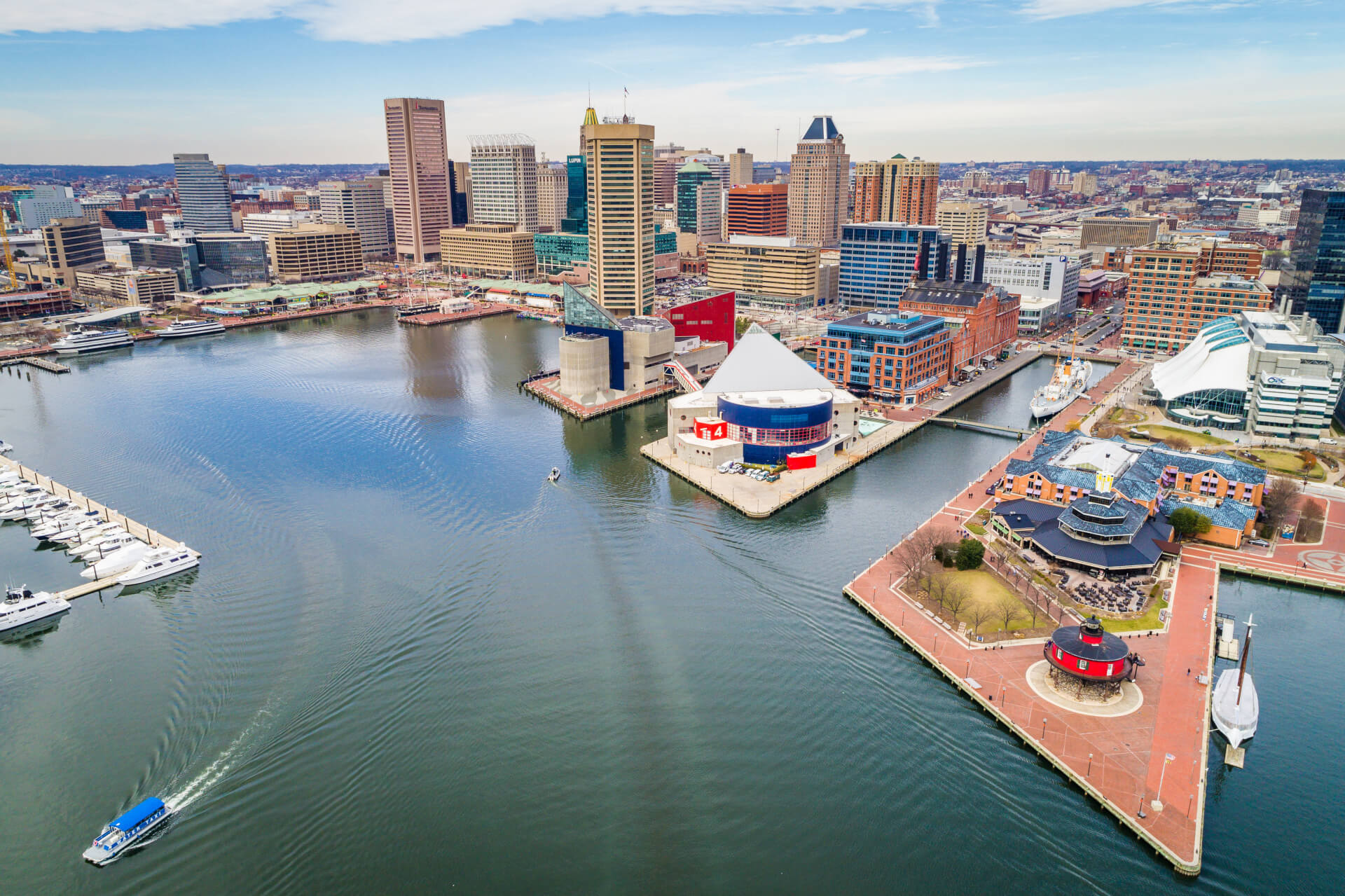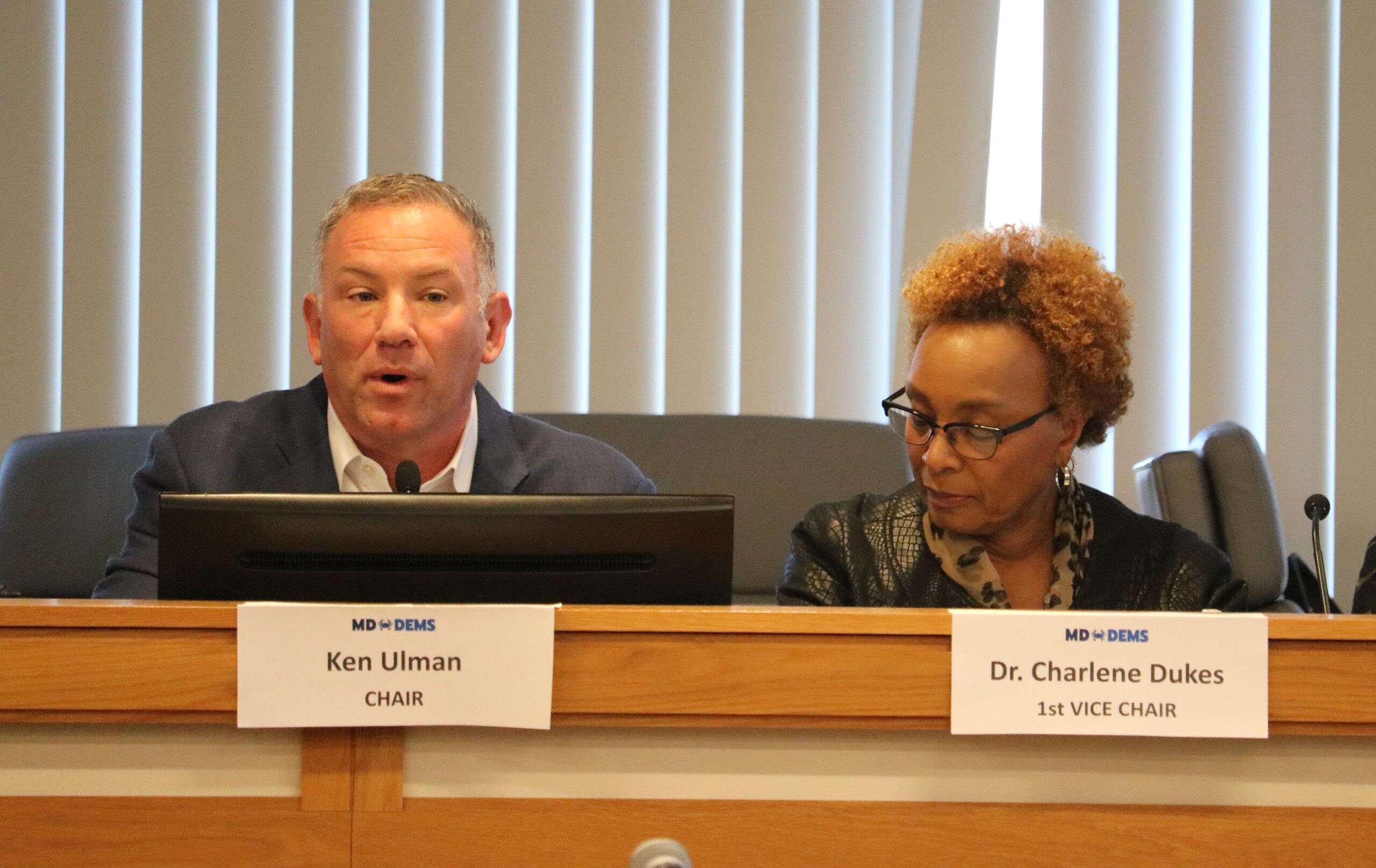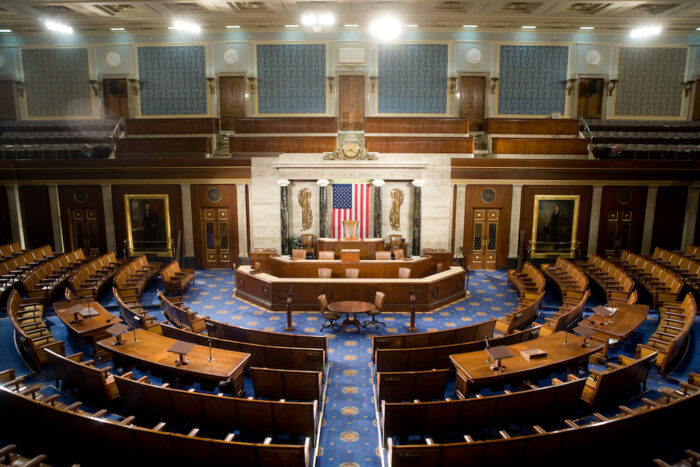Opinion: Baltimore, Environmental Justice and Biden’s Build Back Better Agenda

By Larry Stafford Jr.
The writer is executive director of Progressive Maryland, a statewide nonprofit organization that advocates for working families and racial justice.
President Biden’s Build Back Better Agenda — composed of the $1.2 trillion Senate-passed infrastructure bill plus the Democrat-only $3.5 trillion budget bill — promises historic investments in pre-K, community college, paid family and medical leave, health care, and affordable housing, among other provisions. Congress is currently deciding its fate.
As Maryland’s second poorest jurisdiction, Baltimore would benefit enormously from these investments.
The agenda proposes record investments in carbon-reduction strategies that also create economic opportunity for working families, such as improved mass transit, affordable broadband, replacement of lead pipes, improved traffic safety, intentional direction of investment to benefit the frontline communities most damaged by the carbon economy, and creation of thousands of clean-energy jobs across Maryland, including in Baltimore.
Baltimore is especially vulnerable to climate change. Even if governments worldwide adhere to the Paris Agreement, the University of Maryland’s Center for Environmental Science estimates that the sea level in our state will rise 0.8–1.6 feet by 2050, and 1.2–3.0 feet by 2100. The latter figure will be much worse in the absence of decisive governmental action to limit greenhouse gas emissions.
Much of Baltimore lies barely above sea level, and rainstorms increasingly pummel the city. Already, more and more Baltimoreans are complaining about local flooding, waterlogged soil, and backed up sewage. The lowest-lying neighborhoods suffer most — and those are inhabited disproportionately by poor Baltimoreans of color.
The carbon- and car-centric economy victimizes these same poor communities in other ways. In the 1960s, for example, a new, federal “Interstate 170” was proposed to slice across Baltimore from west to east. The larger project was abandoned in the 1980s, but not before a 1.39-mile portion was completed, which today carries U.S. Route 40 and cuts across only West Baltimore, an area inhabited mostly by low-income, African American residents.
Over local protests, construction of the highway destroyed 971 houses, 62 businesses, and displaced 1,500 residents. Today, the massive gash divides neighborhoods and cuts residents off from cultural, transit, and economic opportunities, illustrating how structural racism turns working-class communities of color into the carbon economy’s “sacrifice zones.”
Gov. Hogan’s decision in 2015 to cancel Baltimore’s Red Line Light rail project provides another example of structural, environmental racism. Hogan returned $900 million earmarked for the project to the federal government and redirected the state’s share of financing to road projects that accelerate global warming and serve mostly white communities.
Even “solutions” to climate change too often hurt working-class Baltimoreans. The EPA itself endorses construction of “waste-to-electricity” incinerators as a supposedly greener alternative to landfills, even though the science in support of that position is iffy. But nobody disputes that these incinerators are disproportionately located in poor, of-color neighborhoods.
The BRESCO Incinerator, operated by Wheelabrator, is Baltimore’s biggest single stationary source of air pollution. Its location in Westport exposes that neighborhood’s overwhelmingly Black population disproportionately to its toxic pollution.
In the coming days, Baltimore can make historic progress in overcoming all these challenges. For Democrats now control the White House and both houses of Congress, and most of them support most of President Biden’s Build Back Better agenda; Democratic leaders in Congress have announced they intend to bring the agenda (or a version of it) to a vote in the next few weeks.
If enacted — a big “if” — most of its funding would be invested over 10 years, giving our congressional delegation plenty of opportunities to steer as many of these trillions of dollars as possible to Maryland and its biggest city.
What specifically could be funded in Baltimore? Obviously, defending the city against rising seas occupies the top of the priority list, a task that can be accomplished to intentionally promote environmental justice. Build Back Better could also finance replacement of the lead pipes that still poison too many poor kids in Baltimore; transform the Highway to Nowhere into any number of amenities for West Baltimore; restart the Red Line and other transit projects using criteria proposed in a recent report; close the Wheelabrator incinerator in favor of greater recycling and composting. And the list goes on.
The bluest of blue states expects our congressional delegation to defend the president’s environmental justice agenda against cuts, enact it as quickly as possible, and then obtain Maryland’s (and Baltimore’s) fair share of the funding. They will need to be environmental justice warriors in this moment of existential threat and unprecedented opportunity — for Baltimore and for the world.




 Creative Commons Attribution
Creative Commons Attribution